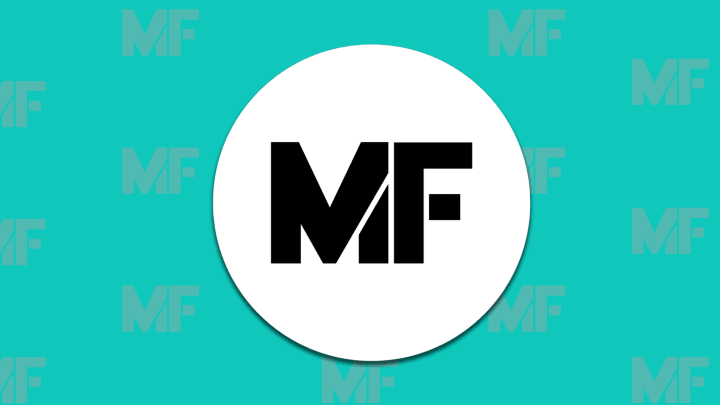Before the 20th century, one of the easiest ways to get around was on the water. People took steamboats and ferries up, down, and across rivers as their normal mode of transportation. Rivers were the transit lines of an era in which transferring could mean hopping on a horse-drawn streetcar.
Inspired by Harry Beck’s designs for London Underground transit maps of the 1930s, cartographer Daniel Huffman created a series of maps that imagines what America’s river systems would look like as subway lines.

His river transit maps give waterways an urban aesthetic, emphasizing the relationships between different rivers. Like most subway maps, they’re not necessarily geographically accurate. All the rivers run in straight lines with neat intersections, without any messy tributaries to clutter the map. The result is, purposely, a far cry from what America’s waterways actually look like. “The geography is intentionally distorted to clarify relationships. I think it helps translate the sort of visual language of nature into a more engineered one, putting the organic in more constructed terms,” Huffman writes.

After all, rivers are engineered, too—not entirely unlike how we’ve engineered the routes of our subways. We build locks, dams, and canals to facilitate transportation and control water use, and divert the flow of water to protect cities from flooding. In the 1930s, the U.S. Army Corps of Engineers turned the Los Angeles River into a concrete channel, guiding it into a consistent path. In Chicago, engineers reversed the flow of the city river to divert contaminated water away from Lake Michigan. Other cities force their rivers underground.

These neat, visual networks of water as transportation lines help emphasize how interconnected all of our water sources are, even for those who have never traveled up and down those rivers. See the rest of Huffman’s maps on his blog.
[h/t: Citylab]
All images courtesy Daniel Huffman.
